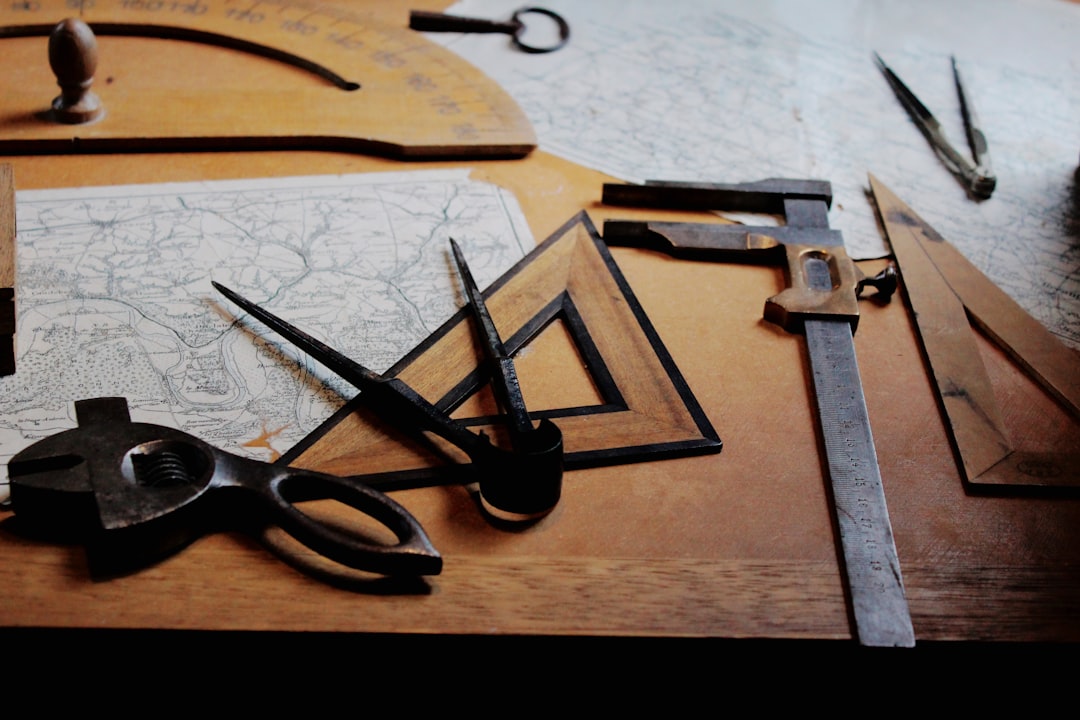10/09/15 12:20
Some time ago I saw a picture of a commentator/photographer using an M6 with an Elmar 2.8/50 mm. This is hardly an iconic combo. Yet the Elmar 50 mm lens, especially in the 2.8 version was once the standard lens for the M camera. In the books by Kisselbach and Scheerer/Makovec the 2.8/50 mm is described as the universal lens and Kisselbach in addition remarks that 95% of the pictures made with a Leica have apertures smaller than f/4. This is also the logic behind the Tri-Elmar 28-35-50 that also has an aperture of f/4. The current focus on very high-speed lenses (1.4 - 0.95) disregards the problems in practical use. The usual comment is that the full aperture allows a shallow depth of field, but only a limited number of picture opportunities are suitable for this photographic technique. The number of pictures that lack sharpness because of focusing errors increases exponentially when the high-speed lenses are used at full aperture. These considerations do not diminish the importance of the high-speed lenses, but ask attention for the fact that high-speed is not all there is.
The same argument may be applied to the Leica cameras. Most attention goes, naturally, to the current and suspected models because they offer the most features that contemporary buyers want to have. I wish to discuss two camera models that are almost forgotten, but play a very important part in the history of the Leica M camera. Without these two models the Leica M would be nostalgia, like the Nikon F or Canon VI. The Leica M4-2 is in essence the M6 without internal exposure meter and the camera that, made in Canada, secured the survival of the line, because in Wetzlar at that time the rangefinder was seen as a lost battle. The CRF camera barely survived, but the continuing sales of the model and the disappointing sales of the Wetzlar-SLR-cameras secured its survival. Leica then put all its efforts on the development and sales of the M6/M7 and the many versions and special editions, hoping that the cartridge-loading CRF would carve out a niche in which it could sit out the digital tsunami. The M8 was Leica’s answer to come out of the niche and directly confront this tsunami. This model, even with its flaws, gave the Leica community and its investors the confidence that Leica could deliver products that had the chance to compete successfully in the new world of digital photography. The M4-2 and the M8 were designed as cameras for the working professional. The current line of M models is dangerously close to becoming luxury items. This strategy is good for the profit of the company, and good for the users who can show that they own cameras with expressive characteristics. Canon, if the rumors are correct is developing a 120 Mp EOS-SLR, and continues to be the frontrunner in the race for workhorse products. One may question the usefulness of this amount of pixels, but one can see its potential in the current Q where the digital zoom function shows the road ahead.
There are in fact only three motives for buying stuff: survival (houses, food); love (washing powder, coca-cola, sweets) and procreation (luxury articles, deodorants). The first one is about the head, the second one about the heart and the third one about the reproductive organs. The Tesla is a good example: this is a car that shows that the owner cares about the future and is concerned about his offspring. Buying a Tesla is a statement, not a choice for a certain style of mobility. The motive for buying the current Leica cameras is situated halfway between the second and third level of motives. This may explain the mixed message that current Leica products deliver.

